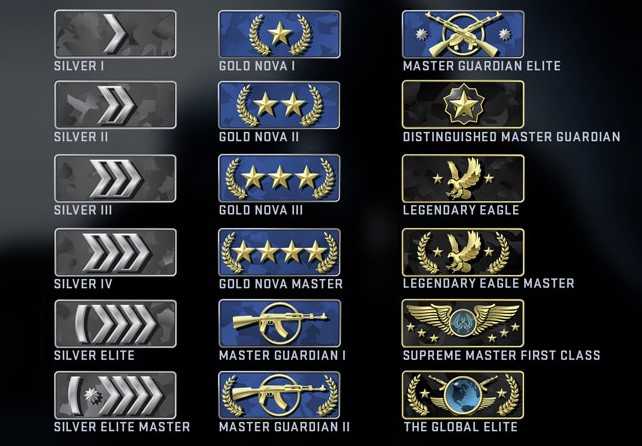Dramacool Hub
Your go-to source for the latest dramas, reviews, and insights.
Why CSGO Map Veto System is Like a Game of Chess
Discover why the CSGO map veto system mirrors a chess match, where every move can lead to victory or defeat. Uncover the strategies now!
Understanding the CSGO Map Veto System: A Strategic Overview
The CSGO map veto system plays a crucial role in competitive matches, allowing teams to eliminate maps from the pool before a game begins. This system ensures that both teams enter the match on a level playing ground, as they can choose maps they are most comfortable with while removing their opponents' strengths. Typically, this process involves a structured veto phase where each team alternates in eliminating maps until a predetermined number of maps remains, from which the final map is selected.
Understanding the strategies behind the veto system can significantly impact a team's performance. Teams often conduct extensive research to determine their opponents' preferences and weaknesses on specific maps. Furthermore, consistent communication and analysis during the map veto process can lead to better decision-making. By effectively utilizing the veto system, teams can not only maximize their chances of winning but also create an engaging experience for fans who closely follow the dynamics of competitive CSGO gameplay.

Counter-Strike is a team-based first-person shooter game that has gained immense popularity over the years. Players engage in intense battles where they must strategize and communicate effectively to succeed. Familiarizing yourself with the map is crucial, especially the anubis callouts to ensure clear communication during gameplay.
How the CSGO Map Veto System Mirrors Chess Strategies
The CSGO map veto system bears a striking resemblance to the strategic depth found in chess. Just as chess players evaluate their opponent's strengths and weaknesses in choosing the best opening moves, CSGO teams engage in a thorough analysis of maps to gain a competitive edge. This process involves a careful selection of maps intended to exploit the opponent's vulnerabilities while maximizing one's own strengths. For instance, a team may prefer to eliminate a map that their rivals excel on, similar to a chess player opting to avoid an opponent's favored gambit. Each choice in the veto process not only reflects tactical decisions but also reveals insights into team dynamics and confidence in specific maps.
Furthermore, the map veto process in CSGO can serve as a psychological battle akin to positioning in chess. Players must anticipate their opponents' reactions and prepare for counter-strategies, much like predicting a rival's next move on the chessboard. The dynamic nature of vetoing maps can create unexpected outcomes, where what was planned out may need to adjust based on how the opposing team reacts. Consequently, understanding the map veto system opens a new layer of complexity for teams, mirroring the mindset of a chess player who must continuously adapt and revise their strategy as the game unfolds.
What Can CSGO Competitors Learn from Chess in Map Veto Decisions?
The strategic decision-making involved in competitive CS:GO matches can learn a lot from the timeless game of chess, particularly when it comes to map veto decisions. Just as chess players assess their opponent's strengths and weaknesses before selecting their moves, CS:GO teams must analyze their map pool alongside their rivals to make informed choices during the veto phase. This process not only ensures they avoid their opponents' shining maps but also maximizes opportunities to play on their strongholds, mimicking the tactical foresight found in chess. By recognizing patterns and anticipating their opponent's strategies, teams can secure a significant advantage right from the start.
Moreover, chess teaches the importance of adaptability and flexibility, traits that are equally essential in CS:GO. During map veto decisions, teams may need to pivot their strategies based on unforeseen changes, much like a chess player must adjust their approach as the game evolves. Understanding how to read the opponent's intentions and maintain a fluid strategy can make or break a match. Thus, integrating these chess-inspired decision-making practices into CS:GO team dynamics can not only enhance map veto effectiveness but foster a culture of strategic growth and resilience in all competitive scenarios.